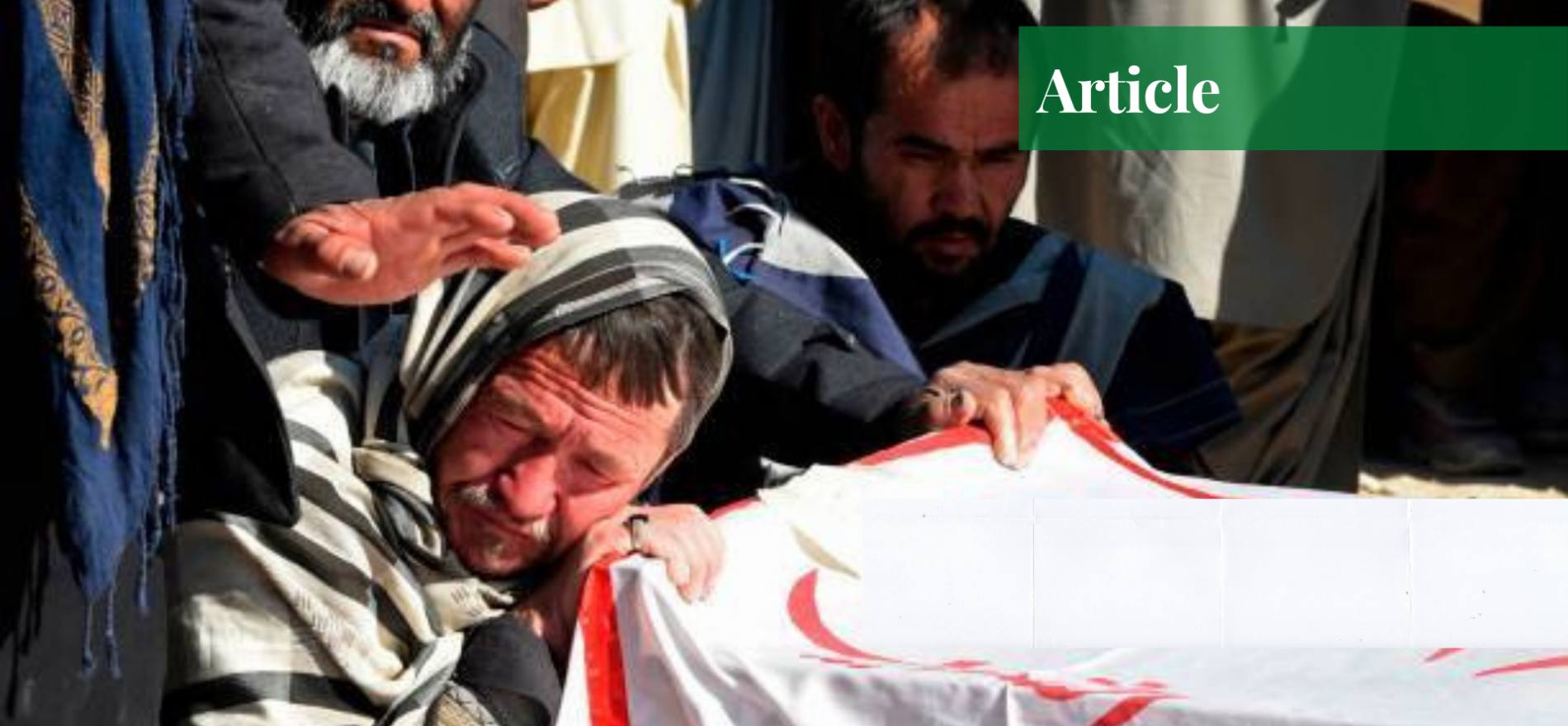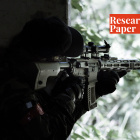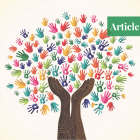Muzamil is a freelance writer with an expertise in global politics and international relations. He currently also works as a writer/contributor for Paradigm Shift. Apart from that, he loves to read and is socially active in philanthropic activities.
For the past two decades, Balochistan has been facing enormous challenges of various magnitude, but the targeted killing of its Hazara community, in particular, remains as yet, unaddressed. Since 1999, the Hazaras have largely been attacked by terrorists and religious extremists through suicide bombings and target assassinations, with more than 2,000 having been mutilated over the last decade.
The killings are mainly of sectarian nature as the terrorist outfits, such as ISIS, Tehreek-e-Taleban Pakistan, and Lashkar-e-Jhangvi, which claim to back the said attacks on the Hazara community, associate themselves with the Sunni sect whereas Hazaras belong to Shia-sect. The plight of the Hazaras is not just limited to the hands of these religious extremists but also by the “elites” in the Shia community.
The majority of Persians in Iran follow the Shia school of thought with the Hazaras but, by discriminating against them, the former asserts racial supremacy over the latter. Apart from that, due to their facial resemblance with the Mongols, Hazaras are often called Khawaris or barbarians in Iran. These distinct facial features have been a major disadvantage for Hazaras because they can be easily identified from the rest of the public if they ever visit public places.
To stay safe, they often conceal their identities from the public by covering their heads, often by wearing helmets or sometimes referring to themselves as Uzbeks. The fear of them seen in public looms large in their community. Their persecution at the hands of the Afghan King back in the 1880s made scores of Hazaras migrate to Balochistan and settle there.
In the wake of 9/11 and the U.S. War on Terror in Afghanistan, the Afghan Taliban began destroying the homes of Hazaras by infiltrating over the porous western border of Pakistan. Since then, thousands of Hazaras have been killed mercilessly. The first deadly attack against them occurred in 2003 which took 53 lives and injured 150 people of the Hazara community when a suicide bomb exploded in Quetta mosque.
A decade later, in January 2013, a suicide attack in a snooker club of Quetta targeting Hazara people, took nearly 100 lives, followed by another attack in the next month when a suicide bomb went off in a crowded vegetable market, taking the lives of more than 80 people. Appalling experiences continue to haunt Hazaras in current settings of the Balochistan polity.
In a recent barbaric episode that struck on the morning of 3rd January 2021, 11 coal miners of Hazara town were slain in their sleep, and Daesh has claimed responsibility for these brutal killings. Due to the unabated fear of being persecuted, hundreds of educated Hazaras choose to settle elsewhere in the country or abroad in Western countries, mainly in Australia, Europe, UK, the US, Indonesia, etcetera to find a better and secure future for their coming generations.
More than 40 thousand Hazaras have gone out of Pakistan to settle in foreign countries and start their lives afresh, away from the hardships that they and their ancestors endured. Although the state has acknowledged the atrocities faced by the Hazara community, it has failed to bring the perpetrators of violence to justice.
First Information Reports (FIRs) are usually lodged against unknown persons, making it a difficult task for law enforcement agencies (L.E.As) to curtail criminal activities. For the safety of the Hazara community, a number of strategic measures have been taken by the government in Balochistan: 19 Frontier Corps (FC) fighters are at the disposal of the Hazara community majority of who are living in Marriabad and Hazara town of Quetta.
Permanent check posts are placed at multiple entry/exit points of the residential areas of Hazara community. More than 1100 personnel of different L.E.As are stationed with pertinent vehicles for the movement of Shia Zaireen to and from the Taftan border. Despite all these significant measures by the state, the Hazara community stays in constant fear of becoming a victim to religious extremism.
For a while, they have accepted their unfortunate fate and maintain these incidents to be their normal state of existence. However, the state of affairs for Hazara remains on an upward trajectory of discrimination. In more than 1400 terrorist incidents, Hazaras have lost their family members. Some have lost their lives in youth, while others lost the sole bread earners for their family and are left with no male member to organize funerals for the departed souls.
With a population of more than half a million striving in Balochistan, the Hazara community has established itself as one of the progressive communities with many among them holding significant posts in civil services, sports, education, banking, and other similar power structures. They have contributed to the defense, administration, and politics of the country.
Like many political parties representing major communities of Pakistan, the Hazara Democratic Party (HDP) represents Hazaras. HDP is a nationalist, secular, and liberal party that safeguards the Hazara identity against the conspiracies hurled at Hazaras. One of the major political defamations hurled at Hazaras is that they are Iranian agents who are instigating sectarian strife and popular violence against the Sunni majority of Balochs and Pashtuns.
Against such disgraceful remarks, HDP stands afoot to guide its youth representatives to stay away from any political or sectarian inclinations that might aggravate the situation. Hence, the fundamental human rights to exercise freedom of movement, freedom of education, and freedom to participate in economic and political spheres have largely been diminished as their precarious situation continues to isolate them from the society that they considered their abode for the last 150 years.
According to Hazaras, the socio-economic stability that they had enjoyed became an apple of discord for the fellow communities and, in return, became an impetus for their persecution. Compared to other indigenous communities living in Balochistan, Hazaras developed shops, markets, buildings, and shopping malls in the center of Quetta city and have also advanced in various spheres of life including economy, trade, education, sports, etcetera.
Envy emanating out of Hazaras’ progress has exacerbated the gruesome situation for their social structure. The social exclusion that they face is tantamount to their failure of coming into the mainstream population of Pakistan upon whom the National Action Plan (NAP) is applied. The absence of contact with societies established by the Baloch and Pashtun people renders Hazaras vulnerable to social isolation which further hinders them to share their joys and sorrows.
The increase in violence has further reduced the opportunities for the groups to socialize with each other. Among the old generations, cross-ethnic and sectarian connections were more common than in the new generation who foster prejudices against Hazaras for their sectarian differences. As opposed to that, this isolation has generated many psychological issues that spring from the notion that being Hazara is a crime.
It is incumbent upon government and state authorities to curb terrorizing entities that target Hazaras for their own political or economic interests. The media should play its role in highlighting the predicament of the Hazara community, and the State should plug the loopholes and offer an overhaul of the criminal justice system so that the assailants could be dragged into justice.
Instead of firefighting, the government should micro-manage the situation and build a concrete framework for the implementation of NAP. The government of Balochistan needs to bring their A-game to establish counseling centers, bring in sustainable provisions for the education and health prospects, and generate socio-economic opportunities for the Hazara community.
Without necessary measures adopted to cull religious extremism and irrational sentiments against them, Hazaras will continue to be pushed into a vicious cycle of barbaric magnitude whose end is difficult to comprehend as yet.
If you want to submit your articles and/or research papers, please check the Submissions page.
The views and opinions expressed in this article/paper are the author’s own and do not necessarily reflect the editorial position of Paradigm Shift.



















